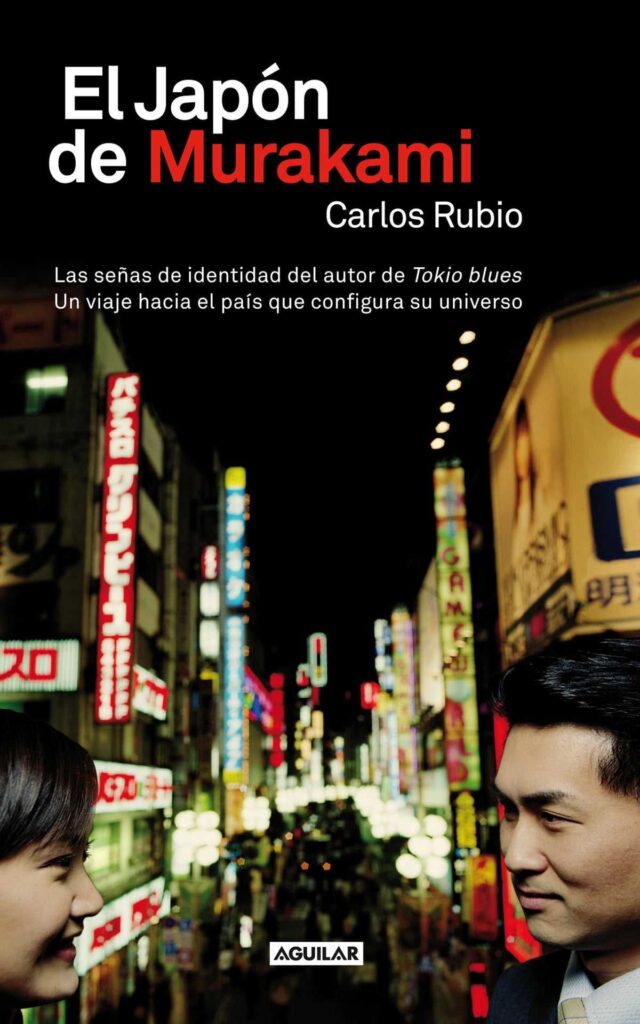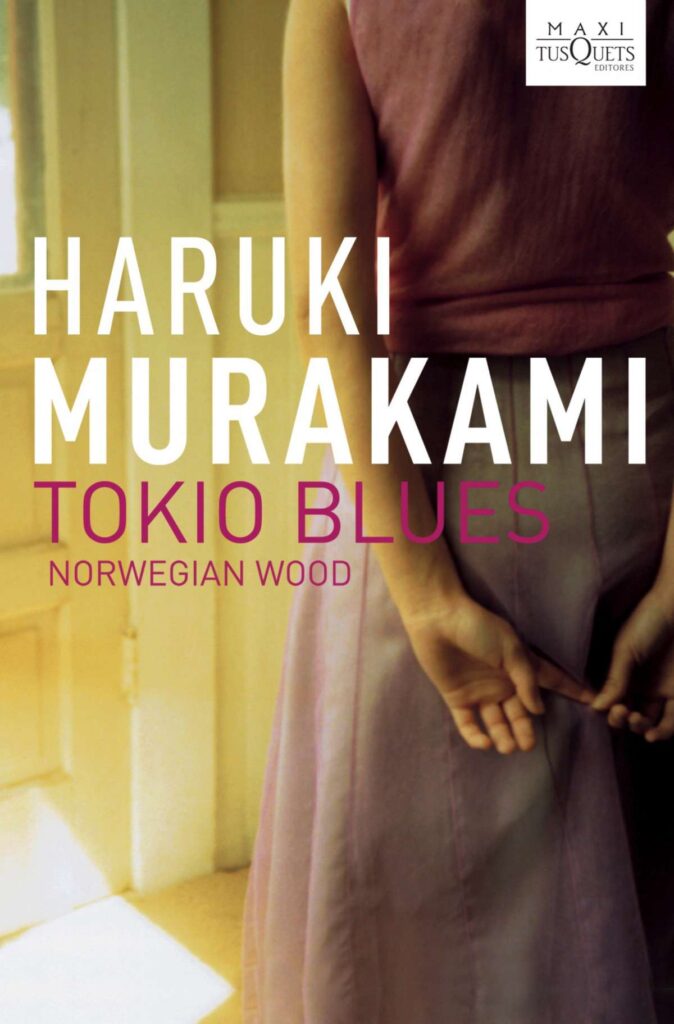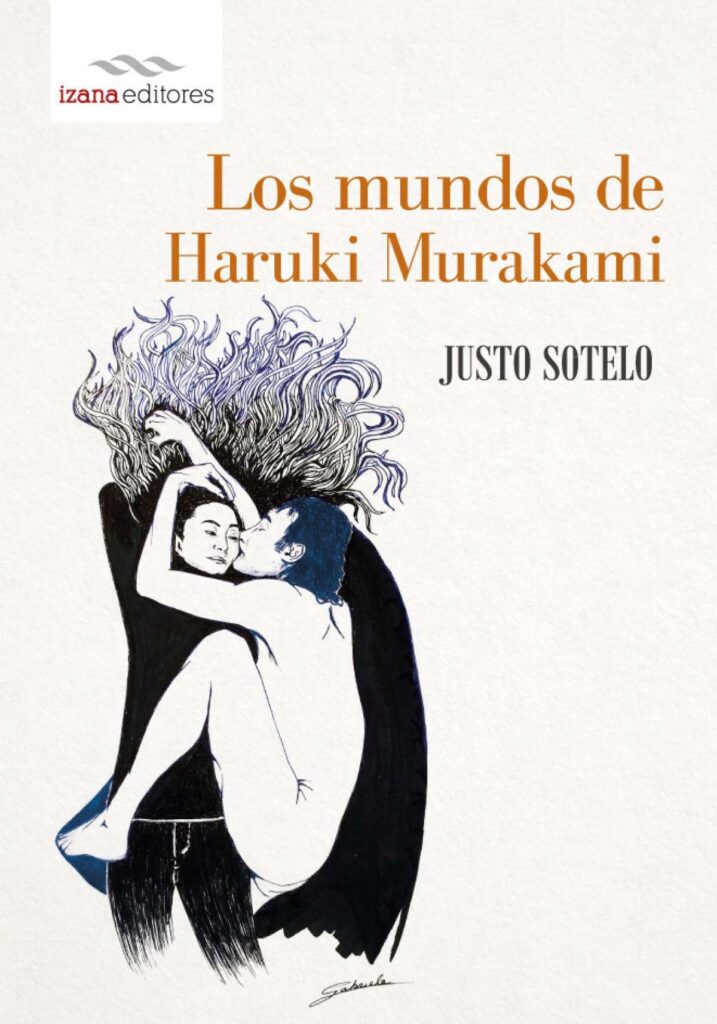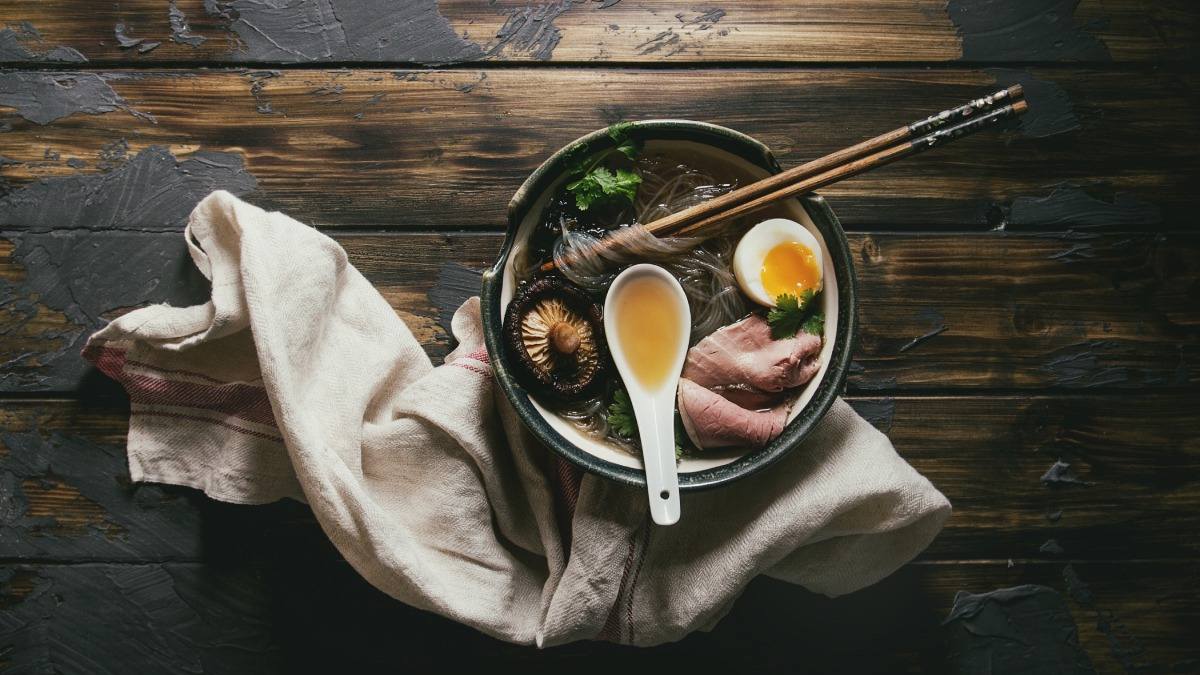Click here to read the Spanish version.
Novels leave a good taste in the mouth. In Spain, many of us discovered the Japanese writer who has just won the 2023 Princess of Asturias Award for Literature, Haruki Murakami, for his novel Tokyo Blues (Norwegian Wood). A very Japanese novel, but at the same time very global that shows the incompressiveness of the world for many people. It came to us in the summer of 2005 and left on my palate a clear memory of cucumber and nori. I could have enjoyed the taste of soba, tasty bentō or umeboshi – pickled Japanese apricot, not plum, as Roger Ortuño explains in his gastronomic dictionary Oishii – but the naked cucumber without rice wrapped in nori seaweed and dipped in soy sauce was the one that stuck with me. A symbolic morsel of life without hope -without rice, there is none-.
“NO MISOSHIRU WITHOUT SOYBEANS, NO MURAKAMI WITHOUT MISOSHIRU”
For Carlos Rubio, an expert in Japanese literature, food is one of the most consistent and striking themes of his work. In his book Murakami’s Japan he goes so far as to affirm that “there is no misoshiru without soy, nor Murakami without misoshiru”, and in his stories one loses count of the number of times his characters bring a bowl of miso soup to their lips. Everyday life and routine are an indispensable part of Japanese literature in general and of Murakami’s in particular.

The kitchen has so much space, that 23 years ago the journalist Ame Okamoto started a book club called “Reading Haruki Murakami in the kitchen” from which came out in 2012 a recipe book -only published in Japanese- which has more than thirty recipes for dishes that appear in his prolific work. Many are typical of Japanese cuisine, but it also includes recipes from international cuisine such as spaghetti. This dish even stars in a story in Blind Willow, Sleeping Woman entitled “The Year of Spaghetti”, which begins with the great phrase: “In 1971 I made spaghetti to live and I lived to make spaghetti”. The metaphor continues with “the steam rising from the aluminum pot was my pride, the tomato sauce simmering in the pan, making whoopee, whoopee, my hope”.
Murakami combines music and food as the only real gesture in a world of automatons and ghosts
The author of the cookbook inspired by Murakami’s works claims that Tokyo Blues features the best cook in all of Murakami’s literature, Midori, who learned to stew from a Kansai-style cookbook that was studied down to the last detail.

Both Watanabe, the protagonist of this novel, and Haruki Murakami himself are originally from this area, located in central Japan and comprising the prefectures of Kyoto, Osaka, Nara, Wakayama, Mie, Hyōgo and Shiga. The menu served by Midori, made in this style, includes “mackerel in vinaigrette, a thick Japanese omelet, marinated sawara – tuna-like fish, braised eggplant, water herb soup, rice with mushrooms, thinly sliced radish cured in brine, and plenty of sesame seeds sprinkled on top.”
The narration dwells on the movement of the cook who “moved her body with agility and dexterity while performing four tasks at once. Watching her, one thought she was tasting what was being cooked in the pan (…) With her back turned, she reminded one of an Indian percussionist. One of those who, while they are ringing some bells, bang on a board and hit some water buffalo bones. All his movements were fast and precise, the perfect balance”.
Murakami combines music and food as the only real gesture in a world of automatons and ghosts. And the drink is the escape. A lot of cold beer and large quantities of whiskey run through the veins of his literature, in which he also drinks a lot of tea and coffee and some sake.

In Los mundos de Murakami, Justo Sotelo assures that the author “makes use of historical, literary, cinematographic, musical, culinary or sexual signs”, but hunger is also another of his symbols. In Asalto a las panaderías, the curse of insatiable hunger takes hold of a couple while Wagner plays.
These summer days of 2023 I have reread Tokyo Blues and now the taste it leaves me with is different: that of sukiyaki, a stew that is prepared Kansai style by sautéing the meat first. Then it is dipped together with the vegetables in a broth with a mixture of dashi, soy sauce and mirin. And they eat “without hardly speaking,” pecking with chopsticks even as the chords of a Bach fugue play in the air, linking East and West.

